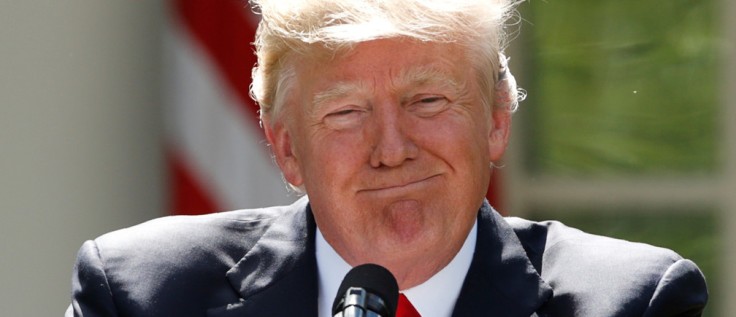
Propaganda is a term of art in the field of political science. A useful, if technical, definition is “the management of collective attitudes by the manipulation of significant symbols” (read more here to unpack that). It is important to understand that all politicians and governments use propaganda, no matter their party or ideology. The word has a distinctly pejorative connotation in its common usage, but its technical definition is not necessarily pejorative. The concept of propaganda is absolutely essential to understanding politics and policy.
To that end, here are a few thoughts on President Trump’s propaganda technique used on Twitter. In his 1927 PhD dissertation (at p. 195), political scientist Harold Lasswell characterized four different functions of political propaganda:
- to mobilize hatred against the enemy;
- to preserve the friendship of allies;
- to preserve the friendship and, if possible, to procure the cooperation of neutrals;
- to demoralize the enemy.
The characterization remains influential 90 years later, with Lasswell’s 1927 dissertation having been cited in more than 80 articles last year (so says Google Scholar). Lasswell’s four functions of propaganda can be usefully applied to understanding the Tweets of President Trump. Here I’ll illustrate with examples from 2018.
to mobilize hatred against the enemy
In this Tweet Trump is seemingly stirring up hatred against the Iranian government. Repression! Hunger! Looting! Of course they must be evil.
to preserve the friendship of allies
In this Tweet Trump is giving out praise to a supporter (who apparently appeared on the Trump-friendly Fox & Friends TV show). Praise from the president clearly fits here.
to preserve the friendship and, if possible, to procure the cooperation of neutrals
Here, Trump is using generalities: companies and workers. That allows people to self-identify as perhaps fitting into these categories and thus allowing themselves to receive the president’s praise: “Really great!” There is an unstated request for support here: you (workers) are benefiting from my action (Tax Cut Bill), so let’s be friends.
to demoralize the enemy
In this much-discussed Tweet, Trump is reminding Kim Jong Un of the military prowess of the United States as compared to North Korea. Many have focused on the phallic button analogy, but Trump shortfalls aside, this Tweet can be read as an effort to convey a sense of hopelessness to the enemy.
There is a really neat research project here focused on a content analysis of Trump’s Tweets using Lasswell’s framework. I’d hypothosize that there are likely to be some interesting (if unsurprising) results in there, such as:
- Trump identifies as many (or more) domestic as foreign enemies;
- Some actual foreign enemies (e.g., Putin) are not targets of Trump propaganda;
- Trump’s praise of allies and appeal to neutrals helps to keep his base supportive;
- Trump’s efforts to demoralize the enemy via Tweets runs counter to norms of 21st century diplomacy.
There are probably some surprises in there as well.
Leave a comment